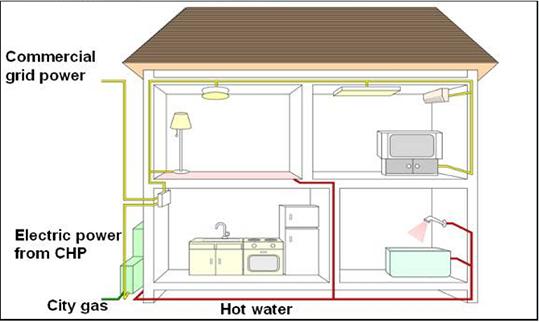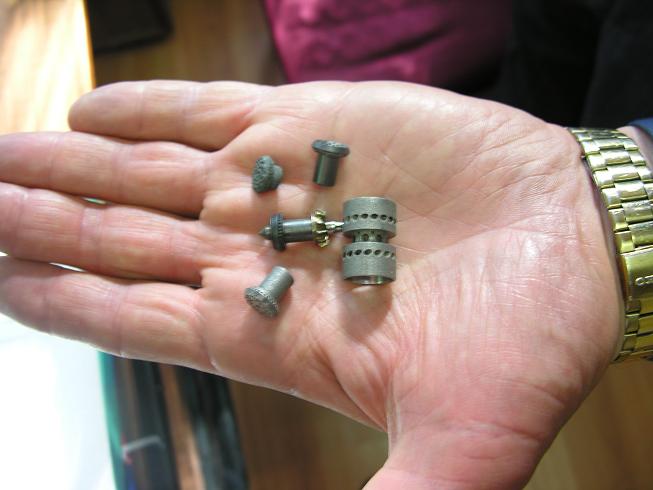The system developed together with the start-up company called CMT, is based on ceramic micro-gas turbine technology and has a unique engineering structure, will allow maximum energy utilization

A unique system, for producing electricity and energy for heating using a micro-turbine, is being developed these days. The uniqueness of the system is the use of ceramic material to build the engine, a unique engineering structure, and the highest utilization of the raw material - gas. Scientists from the Center for Energy Systems of the Ariel University Center and from the Russian Research Center Boyko in St. Petersburg are partners in the project. The development is coordinated by the implementation company of the university center - "Ariel Ltd". The chief scientist budgeted about half a million dollars for the project. Now the continuation of the development work is transferred from Buiko and Mariel to the start-up company called CMT which was established within the technological incubator "L.N. Technologies" in Haifa. Now the entrepreneurs aim to raise additional capital to speed up the development process.
As mentioned, the uniqueness of the development is in the ability to use the raw material very highly. This maximum utilization is achieved due to the system's ability to reach extremely high temperatures: the turbines currently on the market are made of metal, which limits the height of the temperatures. The current system is made of ceramics, and instead of turbine blades - its engineering structure is based on channels inside the rotor.

The turbine, which is actually a kind of tiny jet engine, will form one system for the production of heat and energy at the same time (CHP - Combined Heat & Power) that will be connected to the gas system as well as the electricity system. This system will replace a normal home heating system. In addition, for every 3 units of heat, it will be possible to get an electricity unit, and this without any additional cost, except for the cost of gas for heating only.
The owner of the system will actually be able to generate electricity for himself at no cost, and use the national grid as a "safety net" only. Excess electricity production, when consumption is low, can even be sold to the grid for a fee. In this way, the consumer will actually be saved from buying electricity from an external source.
As mentioned, the system is intended for households, mainly abroad, in areas where natural gas is used, such as in many areas in Europe and the USA. This system is also environmentally friendly. According to Mike Sassoon, CMT's VP of Technology, this is a new and developing market whose business potential is extremely high. The system can be adapted for use in any housing unit, will also be an optimal solution as an emergency system, and will even be suitable for use in isolated places.

5 תגובות
Is the efficiency only 25%?
How much does it cost and what is the minimum, optimal and maximum power?
I would be happy to receive any technical information.
Sincerely
Eran Luria
The real question here, is there an "estimated" launch date?
Why do you write the same words in a row twice? One word at the end of a sentence and the other identical to it at the beginning of the sentence below it?
The article is very partial, and one gets the impression that its purpose is to get PR for Ariel College (this is not a university) and not to give accurate scientific and practical information about the system. It's a shame that there is no explanation of how much money is saved by using this system, after all, the gas is not free. Also, it says production of a unit One electricity for every three units of heat. What units are we talking about, meter beats? How many units of heat/electricity does an average private house of 250 square meters need? What is the installation cost? How often should blades or turbines be replaced? What wear and tear does the system have? Is she even sure??
Why is the system green?